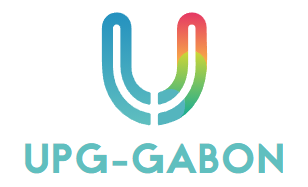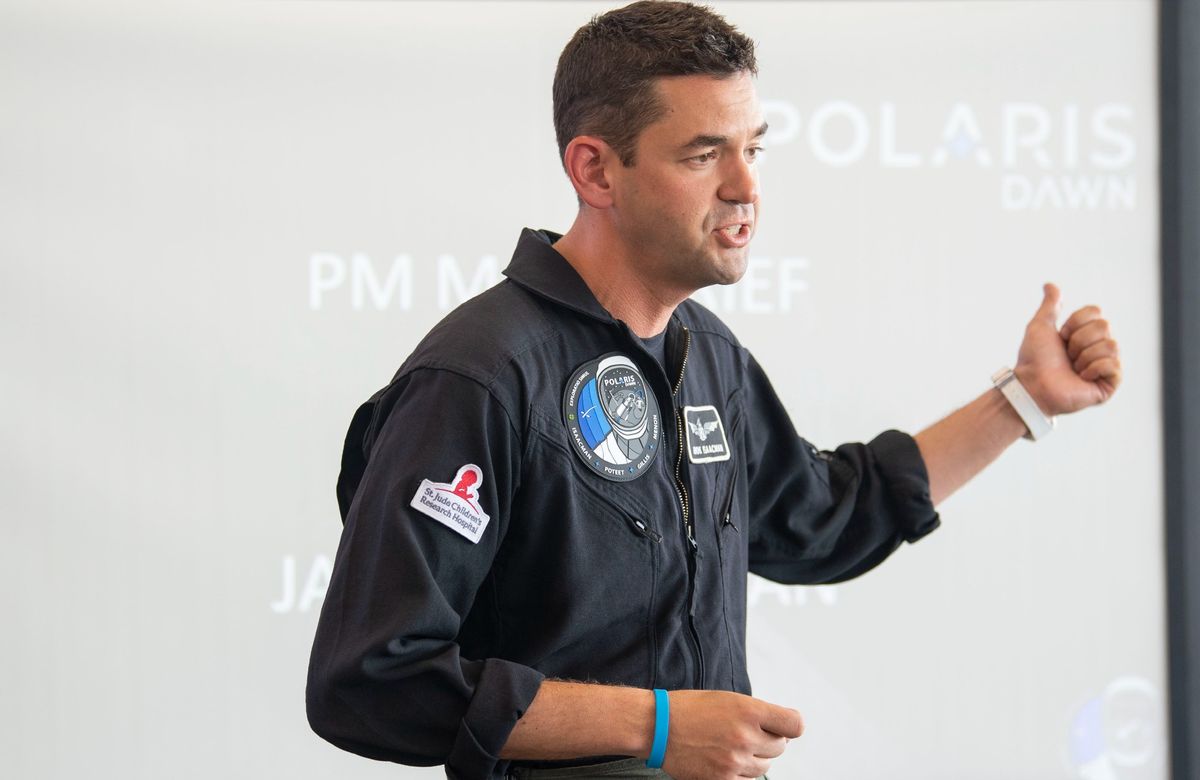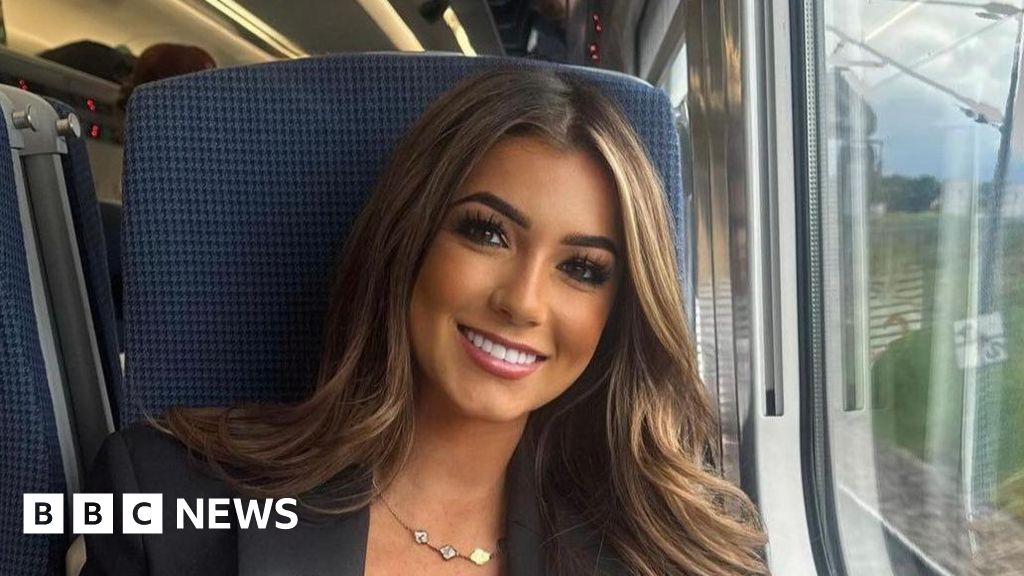
There were glitches in its propulsion system, but Boeing's Starliner spacecraft and the two NASA astronauts it was carrying successfully docked at the International Space Station on Thursday afternoon.
Docking at 1:34 PM ET was more than an hour later than planned, after repairs to several malfunctioning thrusters.
« The crew handled the Bob quiz very well, » Steve Stich, manager of NASA's Commercial Crew Program, said during a news conference Thursday after the docking. « They got all the answers right. »
The Starliner's arrival came a day after the vehicle lifted off from the Cape Canaveral Space Force Station in Florida. The docking test was a major milestone for the flight, providing the final verification that Starliner is ready to begin operational flights once a year to carry NASA crews for their six-month stay on the space station.
NASA hired Boeing along with SpaceX to develop the shuttle to replace its retired space shuttles. SpaceX succeeded in flying astronauts to the space station in 2020, while Boeing faced costly technical problems and delays.
Now, the efforts are about to bear fruit. The SpaceX crew Dragon capsule docked at a different port on the space station. « If Starliner is certified, the United States will have two unique human transportation systems for the ISS, unlike any other country in the world, » said NASA Associate Administrator Jim Free.
Work remains. Engineers expected to encounter problems during this flight, and they did.
Before launch, a small helium leak was discovered in Starliner's propulsion system. This led to weeks of investigation.
Helium, an inert gas, is used to propel the spacecraft's thrusters. If too much is lost, the thrusters may not work properly.
Engineers determined the leak was limited to a seal, but later discovered a « design vulnerability. » If there were a series of improbable failures in the propulsion system after disconnection, Mr.
Boeing developed a backup procedure to return the Starliner to Earth in case of unexpected failures. Boeing and NASA officials concluded that the helium leak did not need to be repaired and the spacecraft could be launched.
However, last night, two more helium leaks appeared.
The flow of helium to the leaky parts of the propulsion system was stopped, and Mr. Wilmore and Mrs. Engineers investigated the problem while Williams slept. In the morning, mission managers decided to proceed with the docking. The flow of helium was turned back on for docking maneuvers.
Although a fourth leak was discovered after docking, there is plenty of helium for the rest of the mission, Mr. Stich said.
Another problem occurred as the Starliner approached the space station. Five of the Starliner's 28 maneuver jets, located on the bottom of the spacecraft, were not working properly. The propulsion problem was unrelated to helium leaks, but similar to what had occurred during Starliner's previous uncrewed flight.
« There's something that causes the thrusters to fail, and we don't know why, » said Mr. Stich said.
He said four of the five thrusters were working properly and had been restarted.
A fifth motivation was seen to operate differently. « We've restricted that impulse to the rest of the plane, » Mr. Stich said.
With additional adjustments, the Starliner missed its first docking opportunity. The spacecraft and astronauts waited for the next one, and approached slowly without difficulty.
« We've accomplished a lot more than we expected, » said Mark Nappi, program manager responsible for the Starliner at Boeing. « There was a lot of planned work we had to do, and then there was some unplanned work. »
Mr. Nubby added, « We learned from both of them. »
In other respects, the Starliner performed flawlessly. The spacecraft mostly flies autonomously with its computers in charge. But astronauts can take it in case of an emergency, and they tested that capability.
« Both Suni and I have done some manual maneuvering and it's accurate, » Mr. « More than a simulator, » Wilmore said last night.
After docking, meticulous tests to ensure airtight seals between the Starliner and the space station took several hours before the hatch opened. At 3:45 p.m. ET, Ms. Williams and Mr. Wilmore emerged from the Starliner and were greeted with hugs from the other astronauts.
« Whatever you want us to do, we're ready, » said Mr. Wilmore said at a brief reception.






